Control_Panel_Build_Series_Part_6_Planning_Power_Distribution_Hardware.pdf
Looking at the requirements that the panel will need in order to properly distribute power throughout the panel.
Transcript:
[0m:4s] Hi I'm Josh Bloom, welcome to another video in the RSP Supply education series. If you find that these videos are helpful to you, it certainly helps us out if you could give us a big thumbs up and subscribe to our channel.
[0m:16s] In today's video, we will move on to the next step in our panel fabrication series.
[0m:22s] If you haven't already seen the other videos in this series, we encourage you to go back and watch from the beginning of this series so that you might better understand the entire process.
[0m:33s] The step in which we will focus on today is continuing the planning phase of the build in relationship to the hardware that will be needed for the panel.
[0m:42s] More specifically, we will focus today on the hardware needed for the power distribution portion of the panel.
[0m:50s] This power distribution hardware includes, but it's not limited to, circuit breakers, surge protection devices,
[0m:58s] power supply and UPS, terminal blocks and other related power hardware. Making sure the power is distributed properly throughout the panel is critical, and the hardware that is used has a lot to do with this. There is a lot to think about when selecting this hardware. So, let's get into it.
[1m:17s] So, one of the first things we should consider when
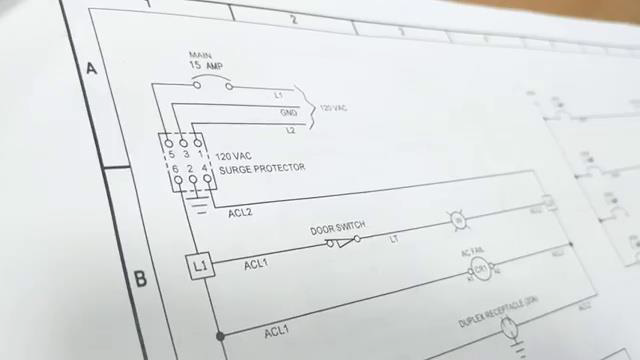
[1m:20s] selecting any hardware for our panel is to make sure that we review any specifications that the client may actually require for your specific job. So, we want to make sure, we review those specs. In this case we're going to review them for our power distribution hardware to make sure that the hardware we're selecting meet any requirements they might have.
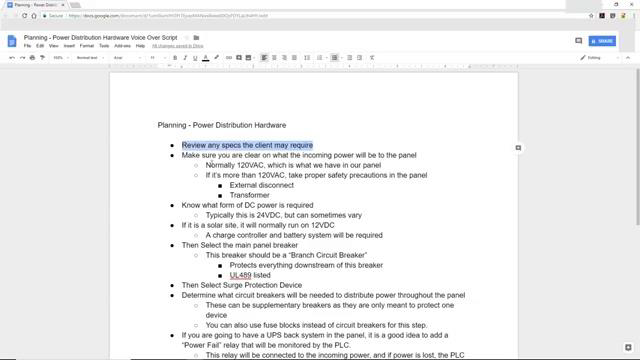
[1m:39s] The next thing we want to do is we want to make sure that we are very clear on what the incoming power will be to our panel. Normally, in a control panel, such as the ones that we build, we typically see 120 volts AC, which is what we're going to have in this particular case.
[1m:56s] But, sometimes we do see a little bit more than 120 volts. If that's the case, if we happen to see 480 Volts, three phase, we need to make sure that we take proper safety precautions in our panel to account for this. This may mean putting in an external disconnect, a transformer to reduce that voltage down to something that's more manageable, and other necessary safety precautions when you're operating with that type of voltage. The next thing we want to look at is we want to understand what type of DC power is going to be required in our specific control panel.
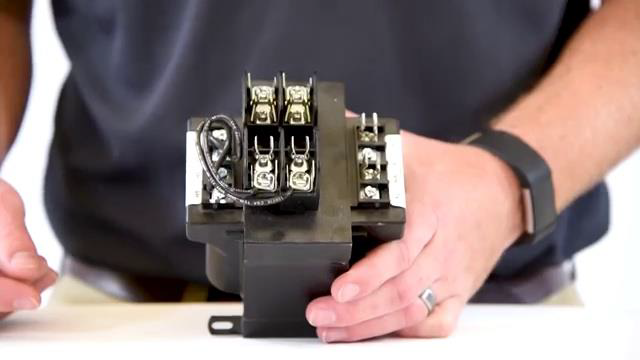
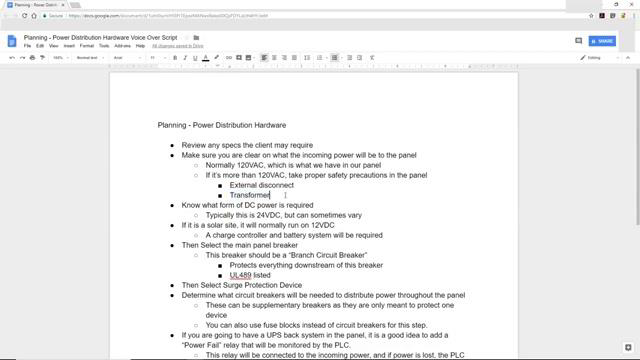
[2m:30s] Typically, in the types of panels that we build, we're going to use 24 volts DC, but that's not always the case. This can vary up or down depending on your specific application.
[2m:40s] In some cases in, for example, if we're going to be at a solar site solar panels generate 12 volts DC. So, often those solar site panels will operate on a 12 Volt DC system with no AC voltage at all. It simply just operates its 12 volts DC. If you are going to be on a solar site, you also need to make sure that we have a charge controller and some sort of battery system to make sure that that control panel can continue to operate even when the sun is down.
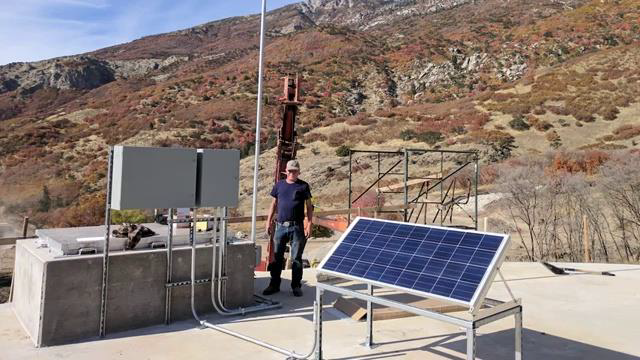
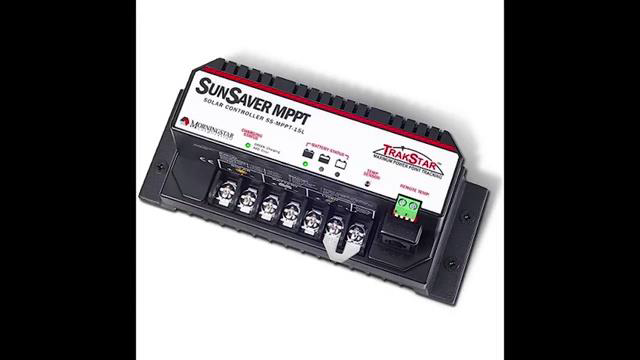
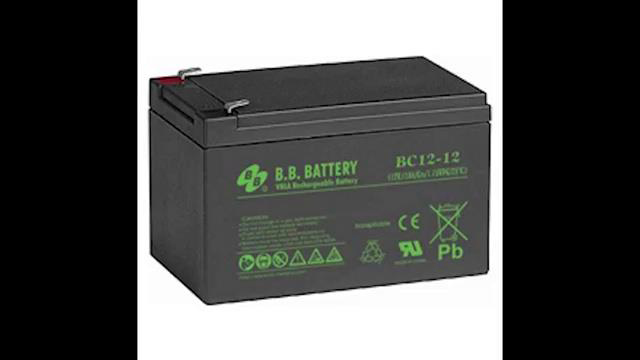
[3m:10s] The next things we're going to want to look at, or some of the first things we look at in the hardware selection process in regards to power distribution is our main panel breaker. Now, there's a lot of different breakers that you can select. The one thing I will say is we want to make sure that this breaker is at the very least a branch circuit breaker. Now, this is going to be a breaker that protects multiple devices, and, in this case, everything that's downstream of this main panel breaker, this breaker is intended to protect. Now, this is known as a UL 489 listed breaker. Now, if you intend to list your panel with UL, you have
to use a UL 489 I listed panel, but any branch circuit breakers typically fall under this UL 489 listed. We try to use these UL 489 listed Breakers in all of our main panel breaker applications. Next we want to look at the type of surge protection device that we're going to be using for our specific panels. There are a lot of different options here. Just depending on what your client may want or what you use, have used in the past or what you're comfortable with, but you definitely want to have some sort of surge protection device in case of a power surge or lightning strike, you don't want to damage any components within your panel.

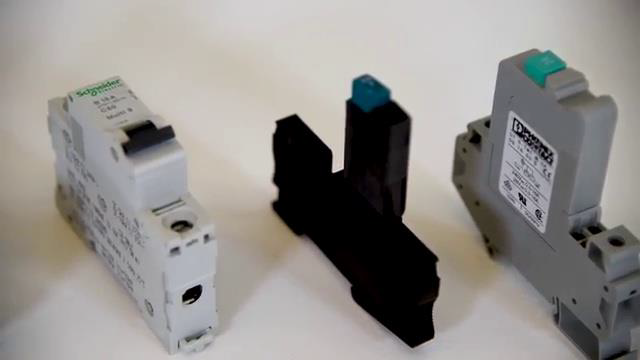
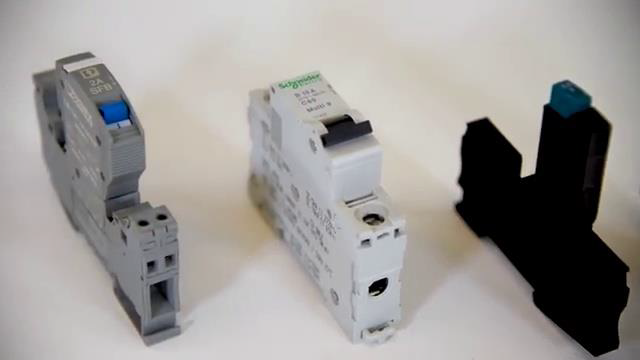
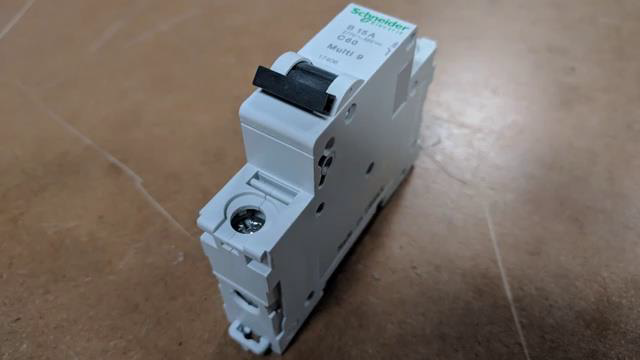
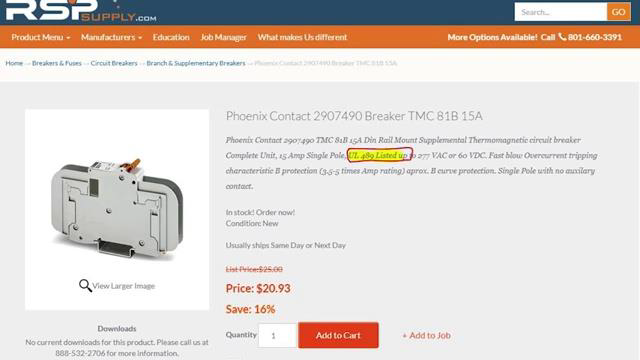
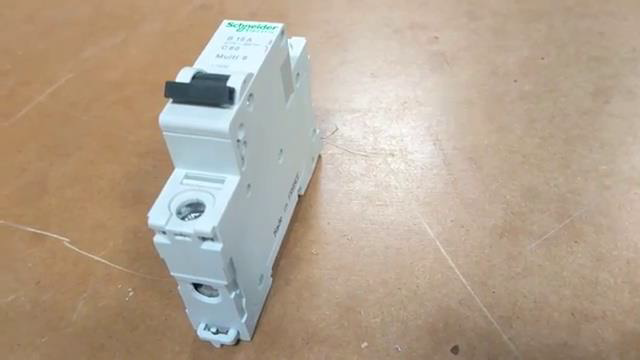
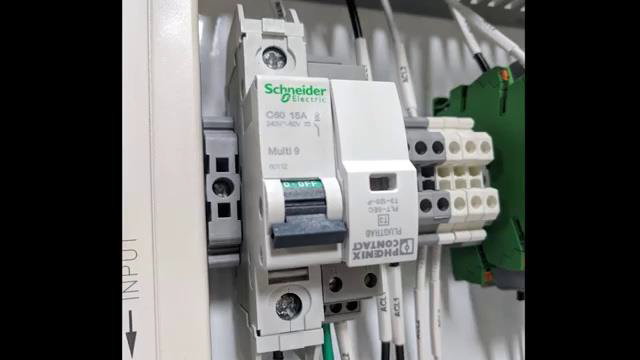
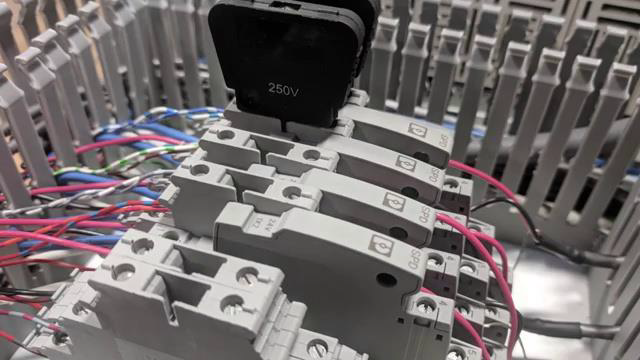
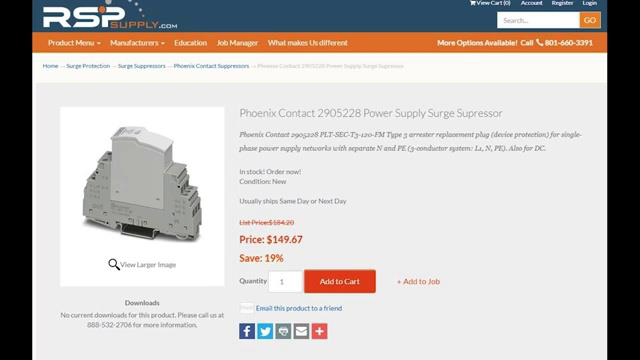
[4m:18s] Next, we're going to look at the types of circuit breakers that we're going to use in our panel to distribute power throughout the panel to the multiple or different devices like the PLC or a network switch or whatever it may be, we got to make sure that we have some sort of breaker that can distribute that power. Now, these breakers don't have to be branch breakers, they can be supplementary breakers. Now, supplementary breakers are intended to protect just one device, whereas a branch breakers, we mentioned, will protect multiple devices. Now, we don't have to use breakers when we're distributing power. We can also use fuse blocks if we want to try to reduce costs. In our specific control panel, these blocks will do the same thing. We just want to make sure that our fuses are sized properly for each specific device that we connect to. The same can be said for our circuit breaker. We want to make sure each breaker is sized properly from the device that it's intended to protect.
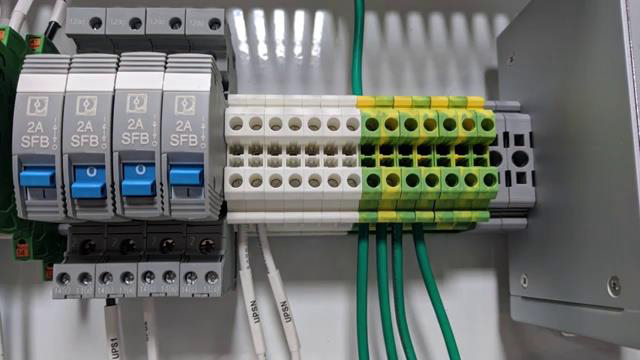
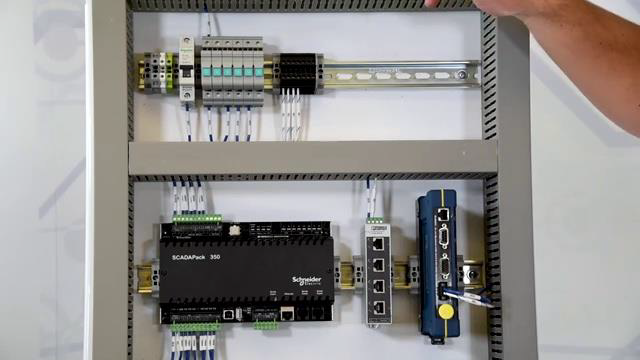
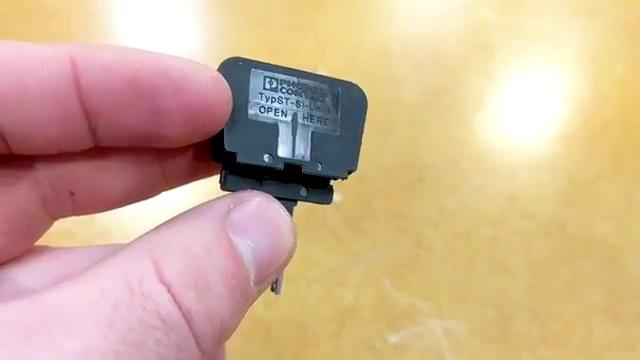
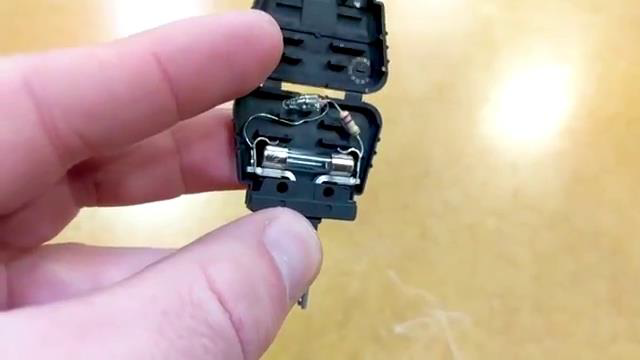
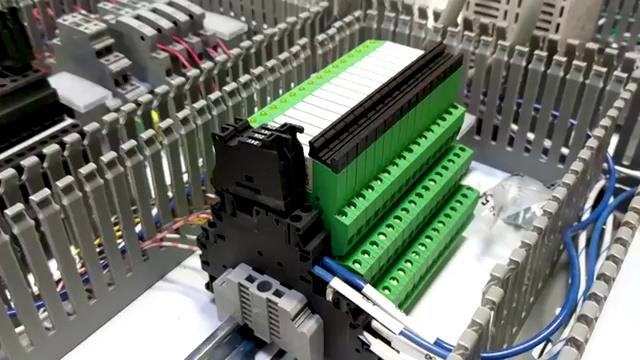
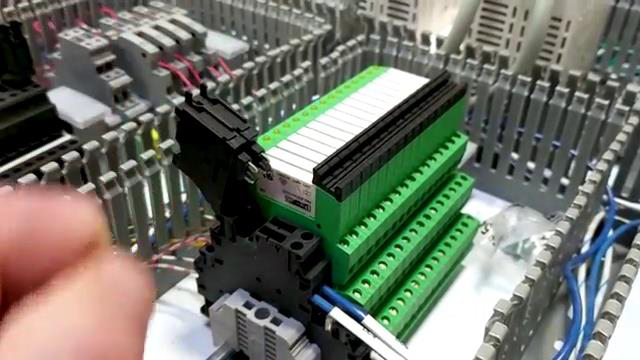
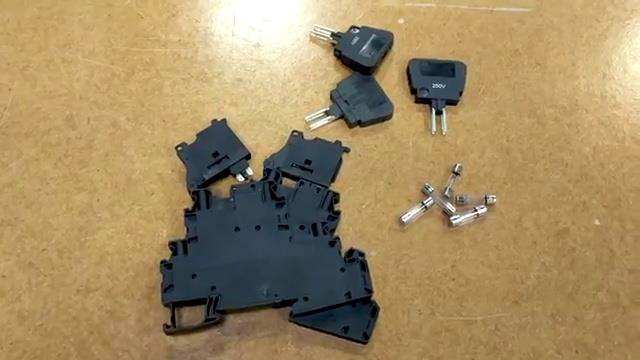
[5m:10s] The next thing we want to look at is if we're going to use a UPS system, or uninterrupted power supply system,
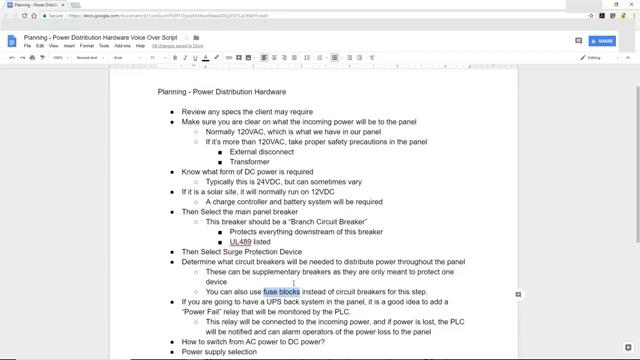
[5m:17s] for our control panel, and if we are going to use a UPS, we also might want to look at using something called a power fail relay. Now, that's just our terminology there's a lot of different things we can call this. But, the purpose of the power fail relay is that we have our incoming power connected to this relay. Now this power fail relay, what it does is it will monitor that utility or incoming power to our panel, and that power fails or goes off it will send a signal to the PLC, which then can alarm any operators in the area of a power loss to that panel and they can address it in whichever way they need to. So, a power fail relay is a great option if we're using a UPS backup system.
[6m:1s] Next, we want to look at how we're going to switch our AC power to DC power. In this case we're going to use a power supply. So, when selecting a power supply there's a lot of different brands and things that you can use. In our case we're going to use a Phoenix contact power supply. The one we're using is a 24 Volt DC power supply 10 amp. We want to make sure that the power supply we select convert to the proper DC voltage, whether 12 volts, 24 volts, whatever it may be. And then we also want to make sure that we select a power supply that can manage the amount of current that we plan to run for our particular system.
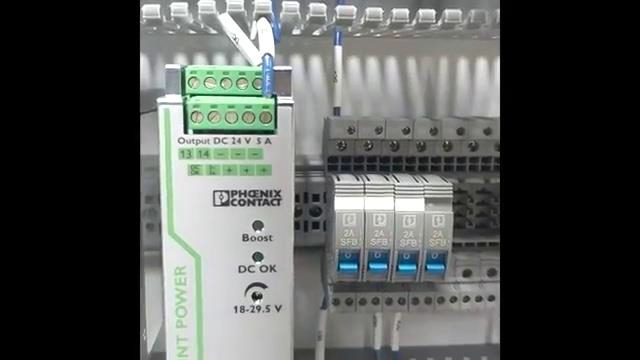
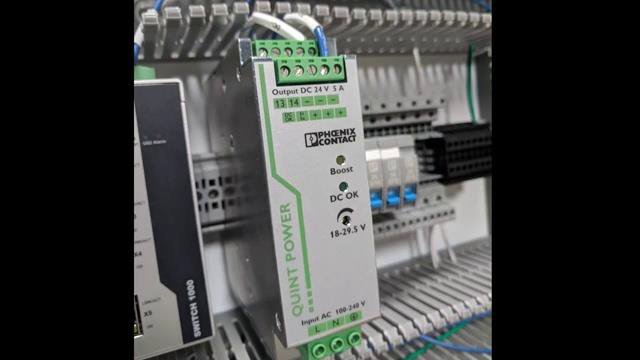
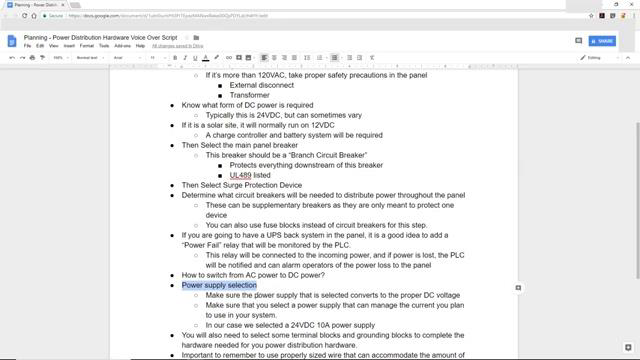
[6m:35s] We also need to make sure that we select some terminal blocks and grounding blocks to finish off our power distribution hardware selection. These are needed to run our neutrals and grounds through. So, we're going to use those.
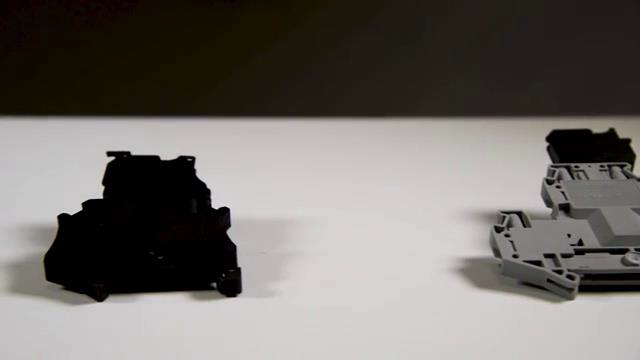
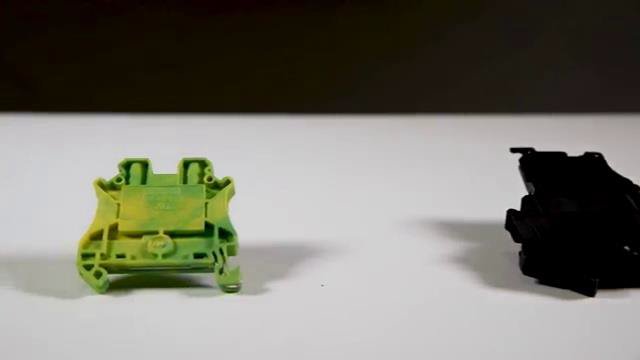
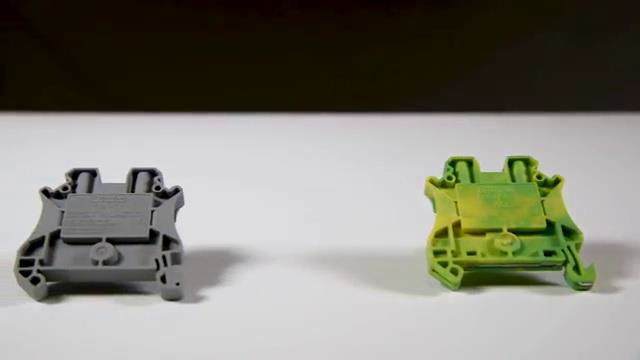
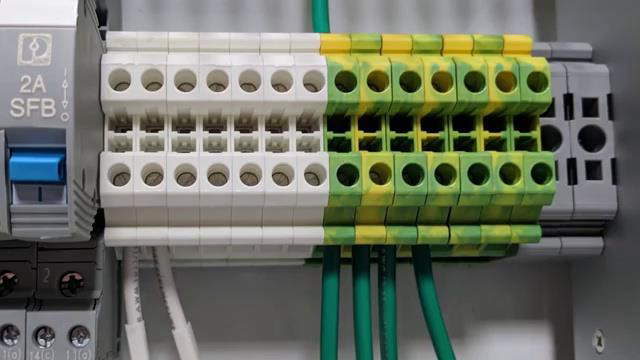
[6m:47s] And then we also want to make sure that we are
[6m:50s] using the proper wire size in our power distribution to accommodate, again, the current is going to be running through our particular system. In our case, we typically use 14 gauge MTW why are we find that that's more than enough to accommodate the power that we're putting through our panel. But if you need to increase that size to a 12 or 10 gauge, you can obviously do that. If you find that you can go down to a 16 gauge. Whatever works for your particular application. Now, once this is all been selected, you can then look at moving on to the next step in the panel build process which is going to be looking at maybe some a different hardware selection stages.
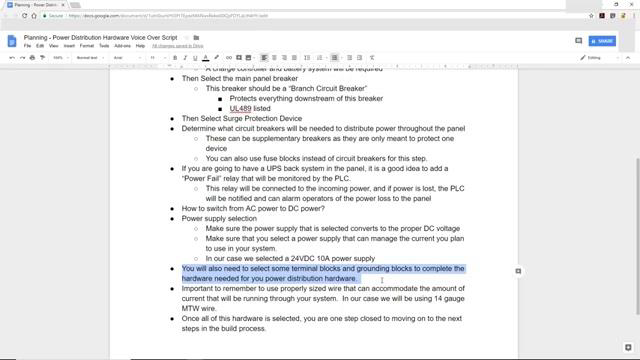
[7m:27s] As you can see, there is a lot to consider when making your power distribution hardware selections for your industrial control panel.
[7m:35s] It is important to take your time and get this step right.
[7m:39s] As always, we appreciate your interest and participation in this series and hope you join us through the remainder of the build process. In our next video, we continue on in the planning process and talk about selecting any communication or auxiliary hardware that might be needed for the panel. So, make sure to join us as we continue to build.
[8m:1s] For a full line of industrial control panel hardware and thousands of other products, please go to our website. For more information or other educational videos, go to RSPSupply.com, the Internet's top source for industrial hardware. Also, don't forget: like and subscribe.




